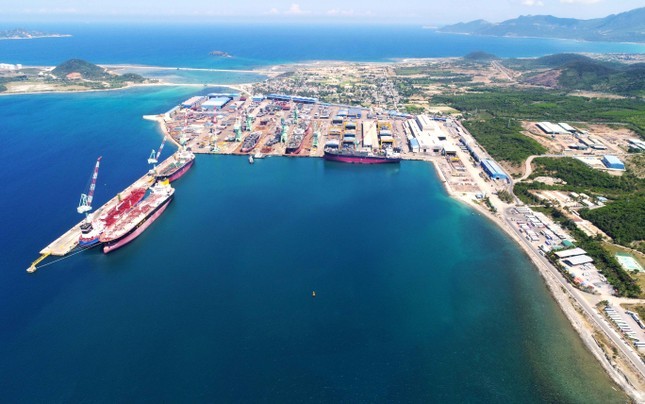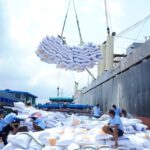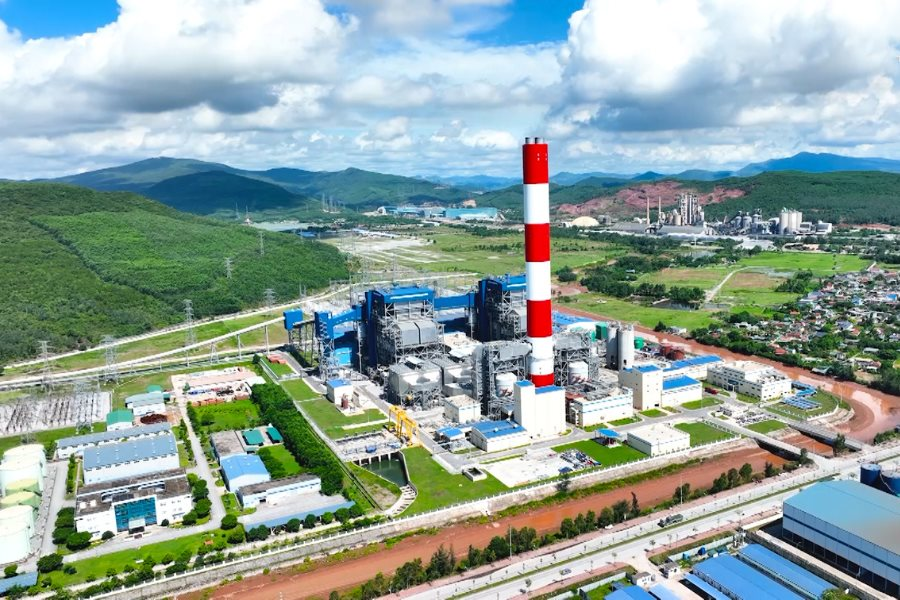On September 17, the Khanh Hoa Provincial People’s Council announced its approval of the resolution on investment policies for the second phase of the Van Phong International Transhipment Port road project.
Specifically, the second phase of the Van Phong International Transhipment Port road project will involve investing in the remaining section of the road, with a length of over 2.4 km, a road width of 34 m, and a designed speed of 80 km/h. The total investment for this phase is estimated at VND 147.3 billion, and the Van Phong Economic Zone Management Board will serve as the investor during the 2024-2027 period.

Van Phong International Transhipment Port. Photo: L.H.
The project aims to establish seamless connectivity between the Van Phong International Transhipment Port and National Highway 1. This strategic initiative is expected to play a pivotal role in attracting investment, boosting socio-economic development, enhancing the livelihoods of locals, and fortifying national defense and security in the region.
Previously, in October 2022, the Van Phong Economic Zone Management Board held a groundbreaking ceremony for the first phase of the Van Phong International Transhipment Port external road project. With a total investment of over VND 292 billion, this phase entails the construction of a 5.2-km road, commencing at the intersection with National Highway 1 towards Dam Mon, and concluding at the boundary of the Van Phong Northern Comprehensive Port. The Management Board is expediting efforts to complete this phase by the end of this year.
The Great Paddy Field of Endless Possibilities: A Province’s Aspiration to Lead in Vietnam’s Top 3 Global Export Industry
The province boasts 48 processing factories with a designed capacity of 294,000 tons per year, exporting to countries across Europe, the USA, Japan, South Korea, and China.
Unleashing the Power of Vietnam’s Third-Largest Treasure: A $700 Million Windfall in Just Seven Months
The cement industry is currently facing challenges due to global economic conditions and a stagnant real estate market. The issue is further exacerbated by an oversupply in the market, with demand lagging far behind.



















